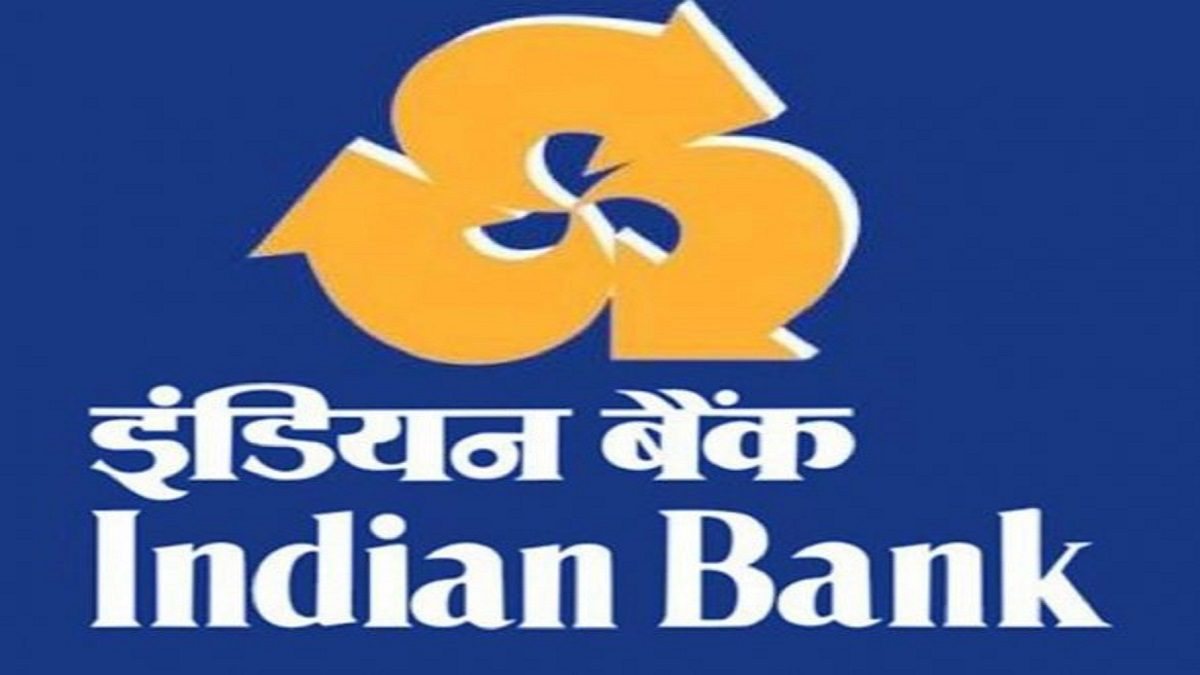
Indian Bank has declared non-performing assets (NPAs) worth Rs 25 crore as fraud. This revelation has not only raised concerns within the banking sector but has also garnered significant attention from investors and the general public.
The Genesis of the Crisis
The crisis at Indian Bank unfolded over several months, and its roots can be traced back to a series of questionable decisions and lapses in due diligence. It all began when the bank extended substantial loans to several corporate entities without conducting a thorough credit assessment. These loans were sanctioned without adequate collateral and guarantees, creating a substantial risk for the bank.
As the corporate entities struggled to meet their financial obligations, the loans turned into NPAs, severely impacting the bank’s balance sheet. However, the bank’s management failed to promptly recognize these NPAs as a potential crisis, and this lack of transparency only exacerbated the situation.
The Impact on Shareholders
The news of the fraudulent NPAs has had a significant impact on Indian Bank’s shareholders. Initially, the shareholders witnessed a sharp decline in the bank’s stock price as the market reacted to the negative developments. However, in a somewhat surprising turn of events, the bank’s shares managed to recover some of their lost value.
Market Response and Investor Confidence
The Indian Bank crisis has not only caught the attention of investors but also that of regulatory bodies and the general public. This event has raised questions about the effectiveness of risk management and regulatory oversight in the Indian banking sector.
The Reserve Bank of India (RBI) has taken a keen interest in the matter and has initiated an investigation into the bank’s practices. Such regulatory scrutiny can have a long-lasting impact on Indian Bank’s reputation and future operations.
Lessons Learned
The Indian Bank crisis serves as a stark reminder. The importance of robust risk management practices in the financial industry. Banks need to exercise prudence in their lending decisions, conduct thorough credit assessments. Promptly address any signs of financial distress within their loan portfolios.
Additionally, transparency and communication with stakeholders, including shareholders, regulators, and the general public, are crucial to maintaining trust and confidence in the banking sector.
Conclusion
In conclusion, the declaration of fraud NPAs worth Rs 25 crore by Indian Bank. That has sent shockwaves through the financial industry. The origins of this crisis can be traced back to lapses in due diligence and questionable lending practices. While the bank’s stock price initially plummeted, it later managed to recover, showcasing the resilience of the market.







